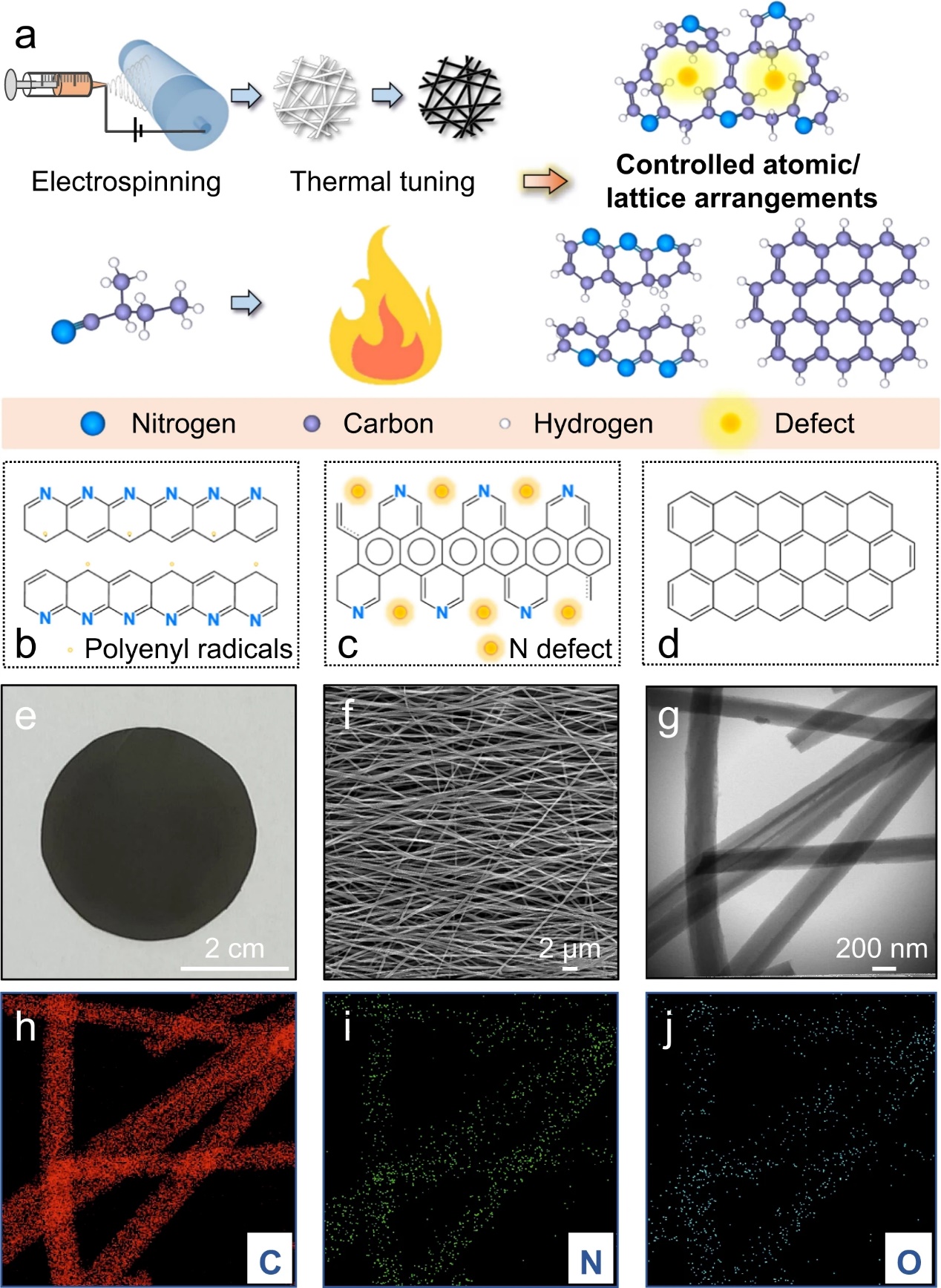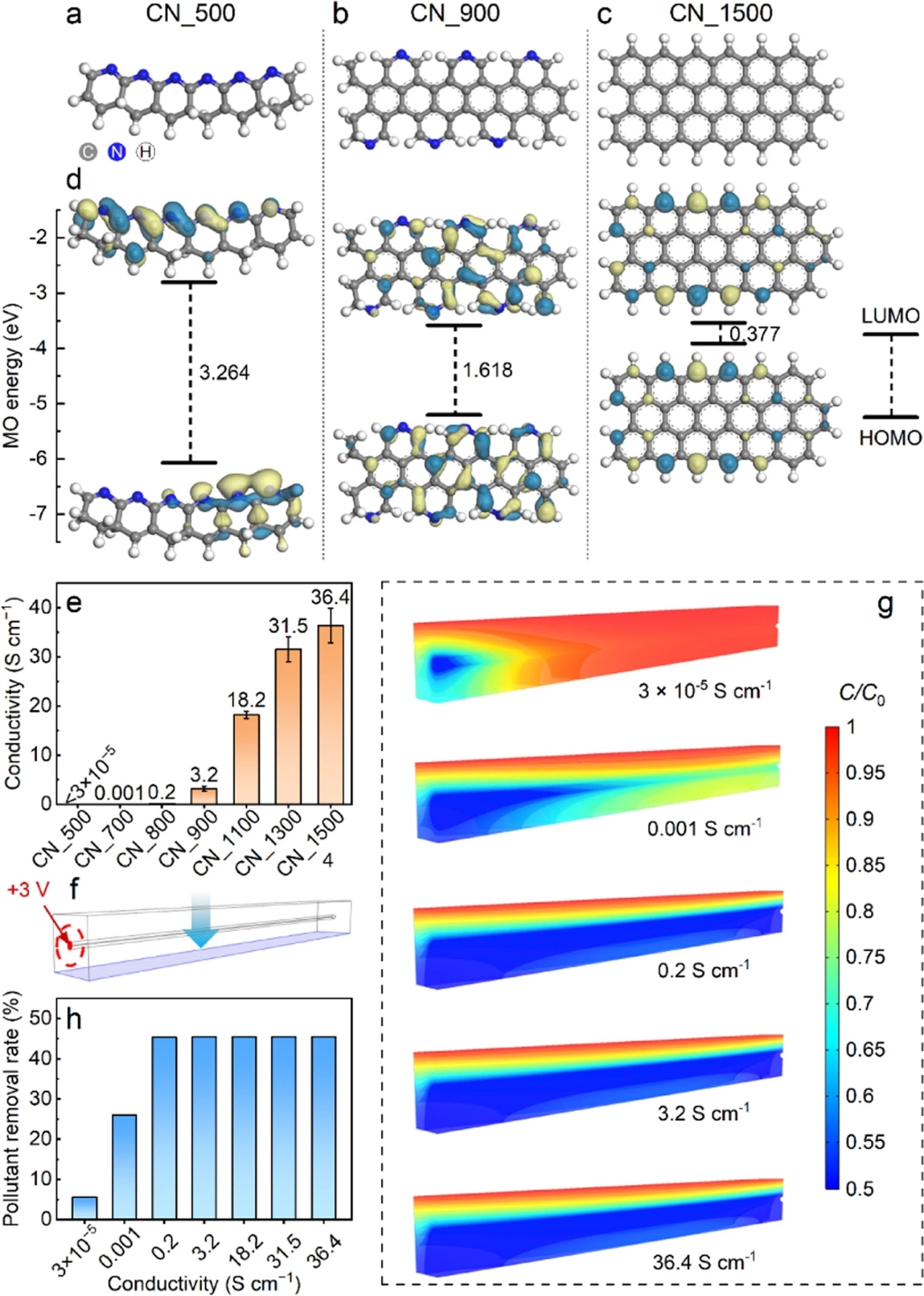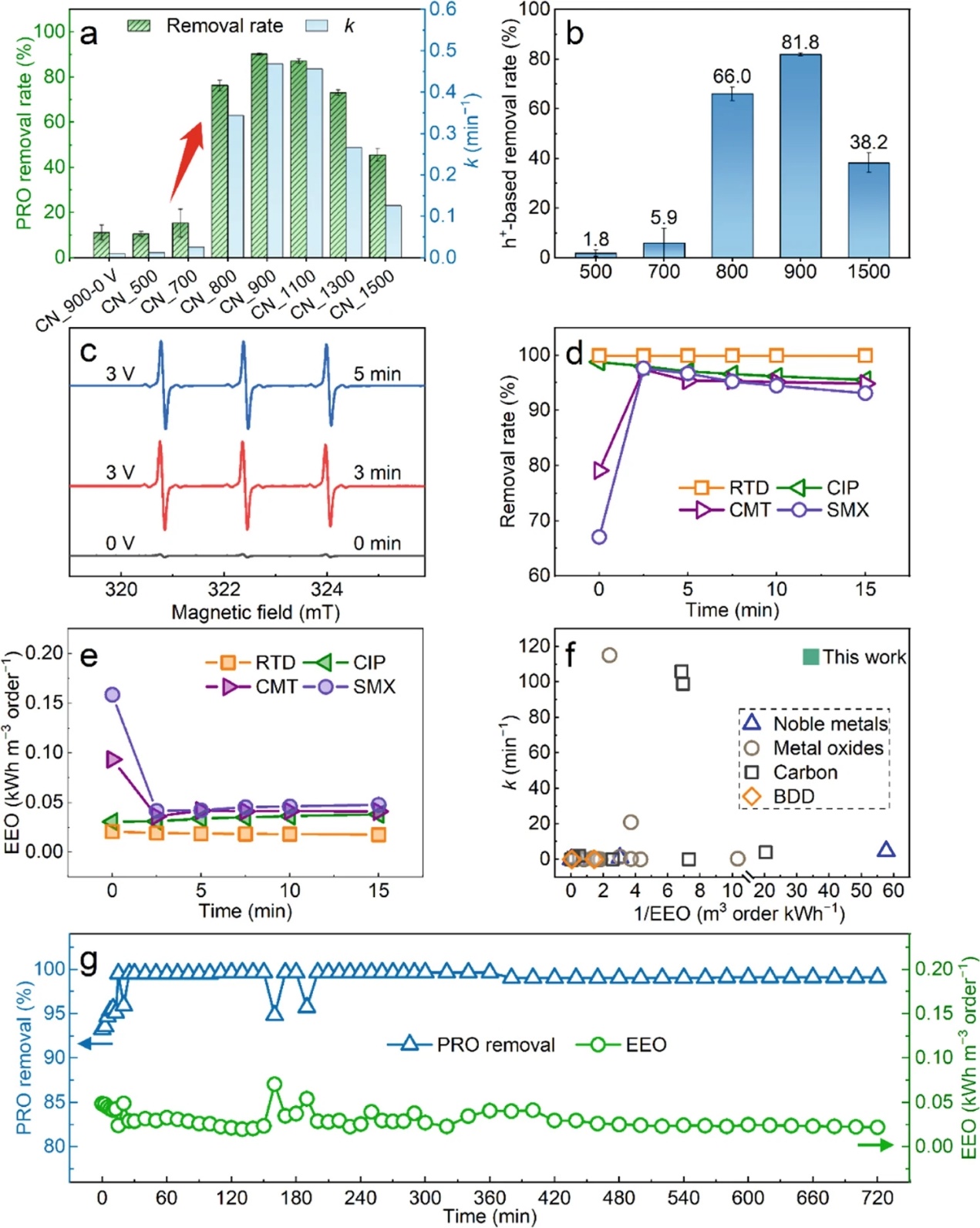Over the past decade, the development of electrocatalysis science has driven advancements in various research fields such as electrocatalytic hydrogen production, carbon dioxide reduction, fuel cells, and electrocatalytic membranes. The improvement of electrocatalytic material performance has become a central concern in all electrocatalysis domains. At the level of material structure (atomic/ lattice structure), the elemental composition and microstructure of catalysts play a crucial role in their electrocatalytic performance. Correspondingly, achieving controlled and precise tuning of the catalyst composition at the atomic level has become a frontier in related research areas. However, there have been few reports on the fine preparation or control methods of such structures. The methods reported in a few studies are often complex and based on scarce and expensive materials, which is not desirable for practical applications. Achieving the controlled construction of microdefects at the material structure level is crucial for improving the electrocatalytic performance of catalysts. However, the fundamental principles of the generation of defect structures in carbon-based electrocatalysts still require systematic research, and there is an urgent need to develop simple, low-cost preparation methods for practical production.
Regarding the above-mentioned issue, Professor Huang Xia's team from the School of Environment at Tsinghua University elucidated the impact mechanism of heat treatment on the microstructure of carbon-based electrocatalytic materials. They proposed a strategy based on thermal methods to achieve precise control of microdefects and performance enhancement in electrospun membranes (Figure 1).

Figure 1: Schematic strategy and characterization of morphological elements of thermal regulation of atomic/crystalline structure in carbon-based materials
Based on characterization, computation, and simulation, the research team elucidated the mechanism of the impact of heat treatment on the micro-atomic/crystalline structure of carbon-based electrospun membranes. The study revealed that varying the carbonization temperature can finely regulate nitrogen elements and carbon-based structures in the process of preparing carbon nanofiber membranes through the "carbonization-nitrogen volatilization-graphitization" mechanism. Quantum chemical calculations based on density functional theory demonstrated that appropriate heat treatment can enhance redox activity, increase electron transfer capability, and improve adsorption capacity, thereby significantly enhancing electrocatalytic efficiency. Further multiphysics field-coupled calculations emphasized the importance of increasing electrocatalytic active sites for improving electrocatalytic performance (Figure 2).

Figure 2: Prediction of electrocatalytic activity through quantum chemical calculations and multiphysics field-coupled simulation calculations
Benefiting from this regulation strategy, carbon-based electrospun membranes prepared using conventional materials and heat treatment techniques exhibit efficient, low-cost, and stable electrocatalytic degradation performance (Figure 3). Direct oxidation plays a primary role in the electrocatalytic degradation of propranolol (PRO). Under conditions of single-pass filtration (residence time approximately 2.5s), high throughput (424.5 L·m−2·h−1), and continuous testing (720 min), a stable degradation rate of >99% and very low energy consumption (EEO is only 0.029 kWh·m−3·order−1) were successfully achieved. This thermal regulation strategy holds promise for providing a scientific foundation for the precise and controllable manufacturing of various catalysts in the future.

Figure 3: Simple thermal regulation strategy effectively enhances electrocatalytic efficiency
On April 12th, the research findings were published online in Nature Communications under the title Subtle tuning of nanodefects actuates highly efficient electrocatalytic oxidation. Dr. Gao Yifan, a 2022 Ph.D. graduate of the School of Environment, Tsinghua University and postdoctoral fellow at the Massachusetts Institute of Technology, and Associate Professor Liang Shuai from Beijing Forestry University are the co-first authors of the paper. Professor Huang Xia from the School of Environment, Tsinghua University, Associate Professor Liang Shuai from Beijing Forestry University, and Professor Menachem Elimelech from Yale University are the corresponding authors. Professor Liang Peng, Associate Professor Zhang Xiaoyuan, postdoctoral fellow Liu Biming, doctoral students Jiang Chengxu and Xu Chenyang from the School of Environment, Tsinghua University are co-authors of the paper. The research project was supported by Major Project and General Project of the National Natural Science Foundation of China.
Link to the paper: https://www.nature.com/articles/s41467-023-37676-6
Contributed by: Division of Water Environment





